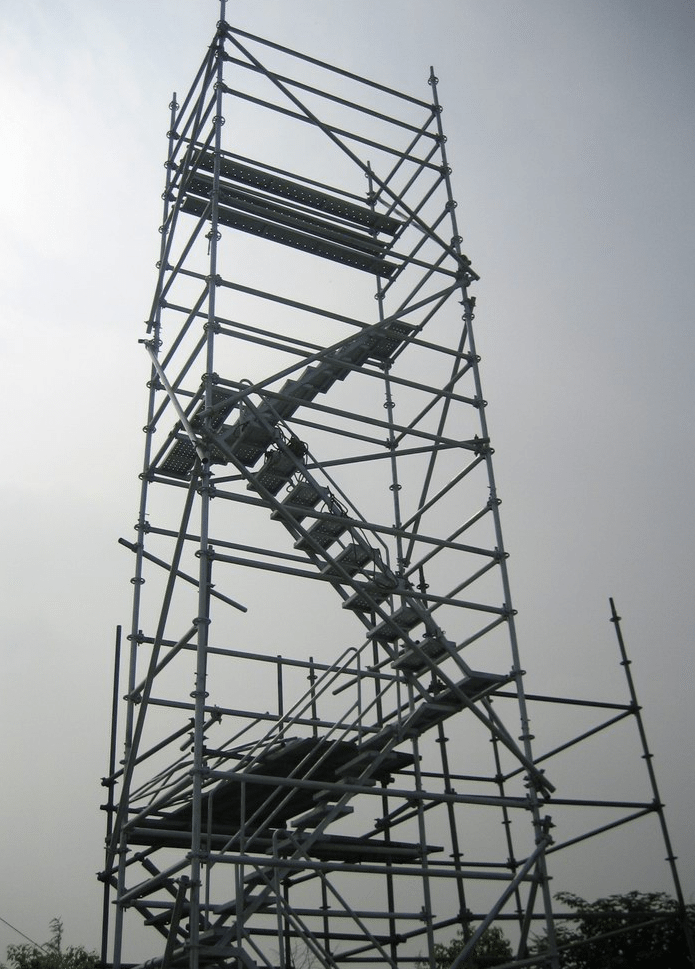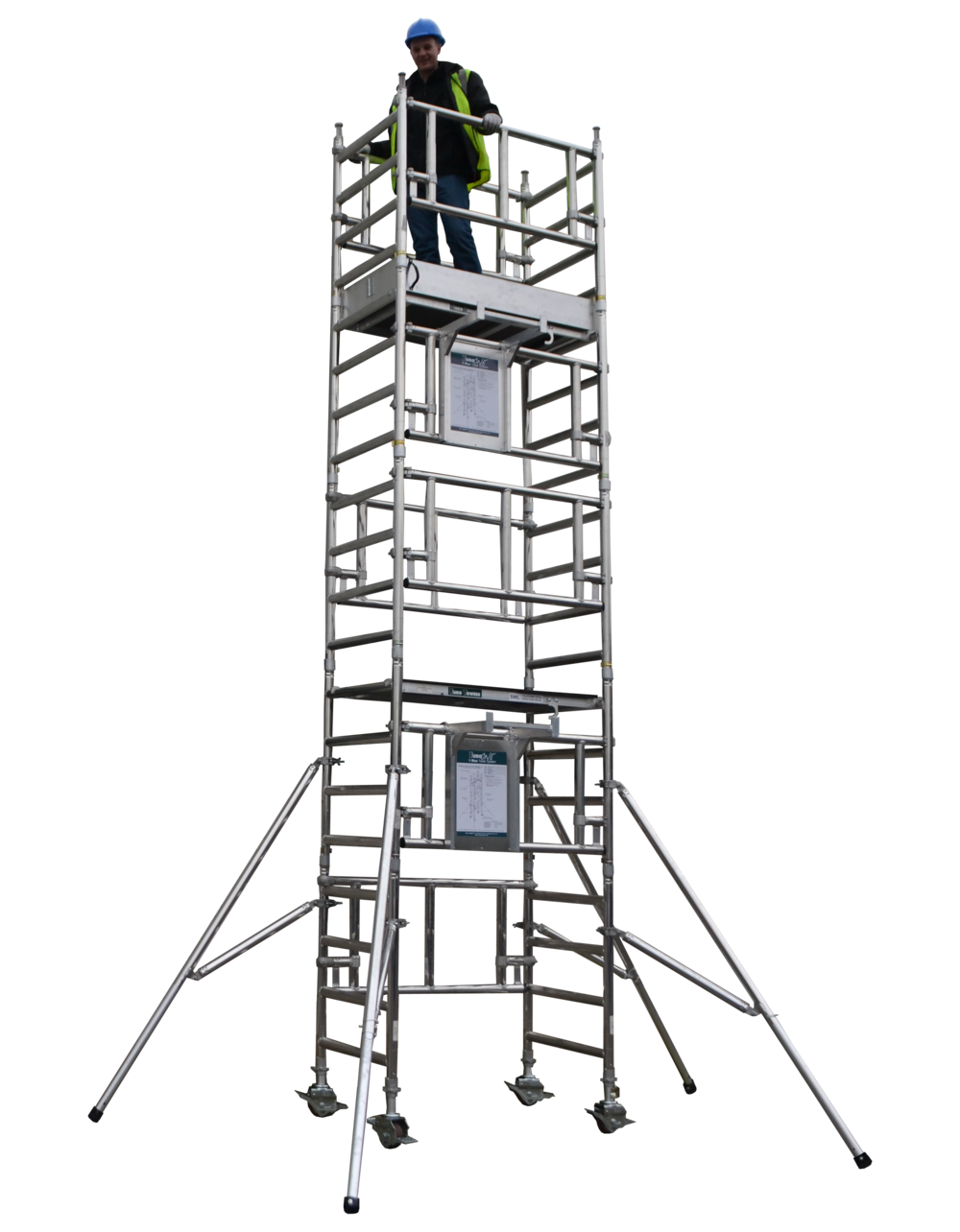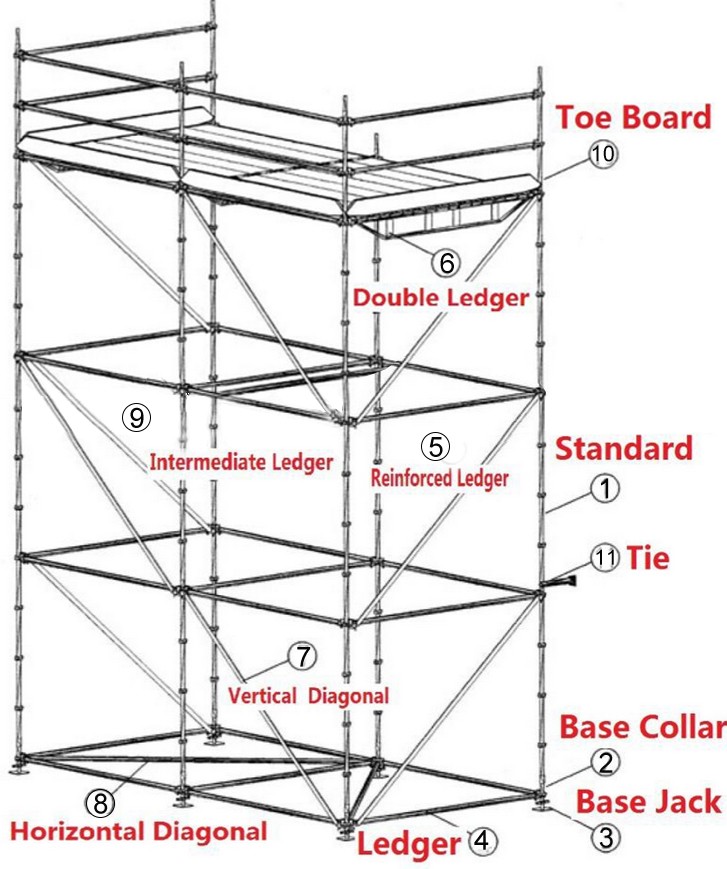Scaffold Towers: Flexibility and Applications
Scaffolding on Historic Structures: Challenges and Solutions ============================================================
Preserving historic buildings with scaffolding includes dealing with product degradation and seismic worries. Cooperation in between conservation experts and engineers is vital. Accessibility restrictions because of slim flows require alternative remedies while maintaining the building's original exterior. https://goldersgreenscaffolding.co.uk Sustainable products and advanced technology deal cutting-edge services, ensuring efficient preservation. Using standard reconstruction strategies and normal evaluation is essential for security and safety. The mindful balance of these obstacles and options is essential in safeguarding the historical importance of these building treasures.
Architectural Obstacles
The structural difficulties connected with scaffolding on historical structures often require a nuanced technique to ensure the preservation of the building stability. When addressing material deterioration, it is necessary to recognize the influence of time on the architectural components of historic piles. Years of exposure to environmental conditions can result in the damage of materials such as timber, rock, or metal, requiring mindful examination and possibly replacement throughout reconstruction jobs.
Furthermore, seismic reinforcing poses another considerable concern when erecting scaffolding on historic buildings. Ensuring that the framework can stand up to potential seismic task without endangering its historic functions calls for specialized engineering expertise and thorough preparation. By integrating seismic strengthening strategies into the scaffolding layout, such as base isolators or enhanced frames, the historic building can be safeguarded against possible earthquake damage while still permitting needed repair job to take place.
Balancing the need for architectural support with the preservation of historical authenticity is a fragile yet essential aspect of scaffolding on historical buildings.
Preservation Considerations
Protecting the historical significance of a structure throughout scaffolding projects includes careful focus to conservation principles and specialized strategies. When working on historical structures, keeping building honesty is paramount. Scaffolding needs to be very carefully made and mounted to make sure it sustains the framework without jeopardizing its historic attributes. Preservation specialists usually team up very closely with scaffolding engineers to establish options that protect the structure's one-of-a-kind style elements.
An additional important facet of conservation factors to consider is the visual influence of scaffolding on historic structures. The aesthetic appearance of scaffolding can greatly modify the understanding of a structure, particularly if it is a well-known spots. Because of this, actions such as using materials that assimilate with the structure's exterior or incorporating ornamental aspects into the scaffolding layout may be required to reduce the aesthetic impact.

Accessibility Limitations
During scaffolding jobs on historical structures, navigating accessibility limitations presents substantial challenges that need careful planning and ingenious remedies. Flexibility issues can develop due to narrow passages or restricted paths around the structure. These restrictions may be intensified by the demand to preserve the heritage elements of the structure, which can limit the installation of conventional scaffolding systems.
Heritage constraints often determine that the original fa ade or building components can not be changed or damaged during the scaffolding procedure. This indicates that standard scaffolding methods might not be applicable, needing specialists to create alternative accessibility approaches that are both important and respectful of the structure's historic significance.
Furthermore, wheelchair problems can influence the efficiency of the building and construction work, possibly lengthening task timelines and increasing costs. It is essential for project supervisors to conduct extensive site evaluations and work together closely with heritage preservation authorities to create customized services that attend to access restrictions while guarding the integrity of the historical structure.
Cutting-edge Solutions

Taking care of access constraints on historic structures during scaffolding tasks calls for the expedition of innovative options to assure effective and respectful preservation of the structure's heritage significance. One such service includes the use of sustainable products in the building and construction of scaffolding. By choosing environmentally friendly materials such as bamboo or reused steel, the environmental influence can be decreased while still supplying the needed support for restoration work.
Furthermore, the assimilation of sophisticated modern technology can additionally provide innovative solutions for scaffolding on historic buildings. As an example, the use of drones geared up with high-resolution cameras can assist study hard-to-reach areas of the building, offering valuable information for the scaffolding layout process. Furthermore, 3D printing technology can be used to produce customized scaffolding components that specifically fit the unique contours of historical frameworks, making certain a safe and customized fit.
Ideal Practices
Carrying out industry-established standards is essential for making sure the effective and sensitive execution of scaffolding jobs on historical buildings. When it comes to best practices for scaffolding on historic buildings, it is essential to take into account not only the structural elements yet additionally the historic and visual importance of the structure. Here are some bottom lines to bear in mind:
Use Conventional Restoration Methods: Utilizing traditional repair methods can aid preserve the authenticity and historic integrity of the structure.
Normal Tracking and Evaluation: Routine tracking and examination of the scaffolding structure is critical to assure its stability and safety, as well as to prevent any damages to the historical structure.
Resolving Aesthetic Worries: Taking note of aesthetic worries such as the visual effect of the scaffolding on the building's exterior is vital. Utilizing products and shades that blend in with the structure's design can assist lessen aesthetic disruptions throughout the remediation process.
Frequently Asked Inquiries
What Are the Governing Demands for Scaffolding on Historic Structures?
Conservation criteria and precaution are vital when putting up scaffolding on historical buildings. Regulatory demands concentrate on preserving historical relevance while ensuring architectural honesty and employee security. Conformity with these requirements is vital for effective restoration tasks.
Just How Do Weather Conditions Influence using Scaffolding on Historic Structures?
Weather conditions play a vital role in the conservation obstacles of historic frameworks. From extreme temperatures to high winds and rainfall, these elements can influence the stability and performance of scaffolding utilized for upkeep and reconstruction job.
Exist Particular Insurance Considerations for Making Use Of Scaffolding on Historic Buildings?
Insurance policy coverage for scaffolding on historic buildings needs specialized plans because of the unique threats associated with heritage preservation. Aspects such as the structure's age, historical importance, and capacity for damages during repair work need to be thoroughly considered in these policies.
What Are the Prospective Threats and Responsibilities Associated With Scaffolding on Historic Structures?
Scaffolding risks on historical structures position considerable liability issues, impacting heritage preservation and structural stability. Concerns such as damages to fragile exteriors, possible structural weakening, and historical importance jeopardization must be carefully taken care of to guarantee conservation efforts achieve success.
Just how Do Cultural and Area Considerations Contribute in making use of Scaffolding on Historical Structures?
Social conservation is essential in maintaining the credibility of historical frameworks. Community engagement assures that regional worths and viewpoints are thought about when making use of scaffolding on these buildings, cultivating a collective technique that values heritage while resolving sensible requirements.

Conclusion
To sum up, scaffolding on historical buildings provides structural difficulties, conservation factors to consider, and gain access to constraints.
However, cutting-edge remedies and best techniques can help minimize these difficulties and assure the effective conservation of these valuable structures.
It is necessary to very carefully intend and apply scaffolding jobs on historical structures to protect their stability and historical significance for future generations.